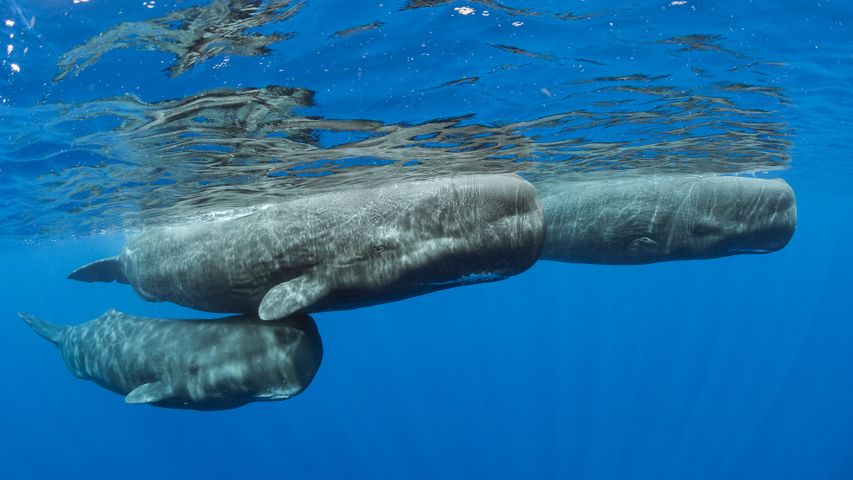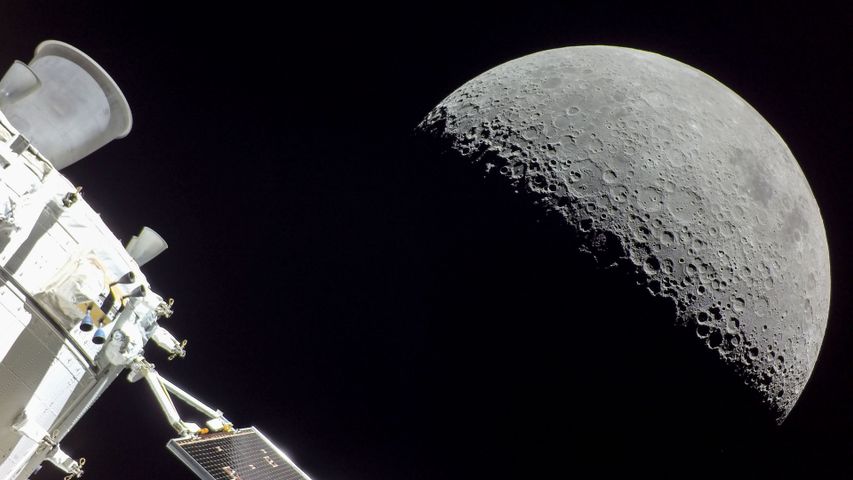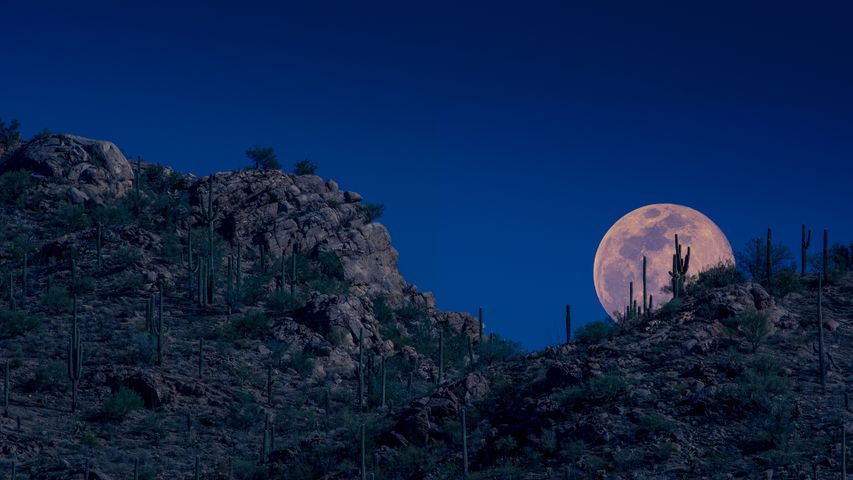Pluto's crescent imaged by Nasa's New Horizons interplanetary space probe
© NASA/JHUAPL/SWRI/Science Photo Librar
Exploring Pluto's mysteries
Pluto was first spotted on this day in 1930 by Clyde Tombaugh, a 23-year-old astronomer at Lowell Observatory in the US state of Arizona. Because it’s so far away (about 40 times as far from the Sun as Earth is) scientists knew relatively little about Pluto until the New Horizons spacecraft reached it in 2015. In a fly-by study, the craft spent more than five months gathering detailed information about Pluto and its moons. What did they find out? There’s a heart-shaped glacier, blue skies, spinning moons, mountains and snow - but on Pluto, the snow is red.
Once thought to be one of nine fully-fledged planets orbiting the Sun, in 2006 Pluto was stripped of its planetary status and reclassified as a mere 'dwarf planet’. (Sorry, Pluto.) Though it is no longer considered a ‘true’ planet, it remains a complex world, with many mysteries to be solved.
Related Images
Bing Today Images






 The moon
The moon
 'Ring of fire' annular solar eclipse, Doha, Qatar
'Ring of fire' annular solar eclipse, Doha, Qatar
 The moon seen from the Orion spacecraft of NASA's Artemis mission
The moon seen from the Orion spacecraft of NASA's Artemis mission
 Moon rising, Tucson, Arizona
Moon rising, Tucson, Arizona
 Lunar eclipse above Mount Crested Butte, Colorado, USA
Lunar eclipse above Mount Crested Butte, Colorado, USA
 Composite photo showing the phases of the Moon
Composite photo showing the phases of the Moon
 Dolomite Mountains at night with the Milky Way, Italy
Dolomite Mountains at night with the Milky Way, Italy
 Swedish antenna at La Silla ESO Observatory, Chile
Swedish antenna at La Silla ESO Observatory, Chile
